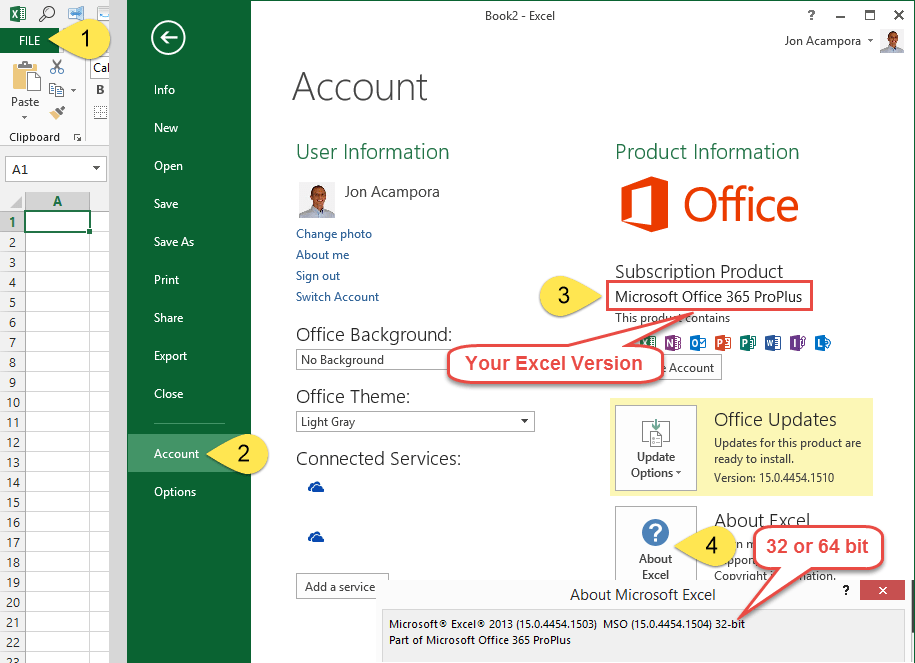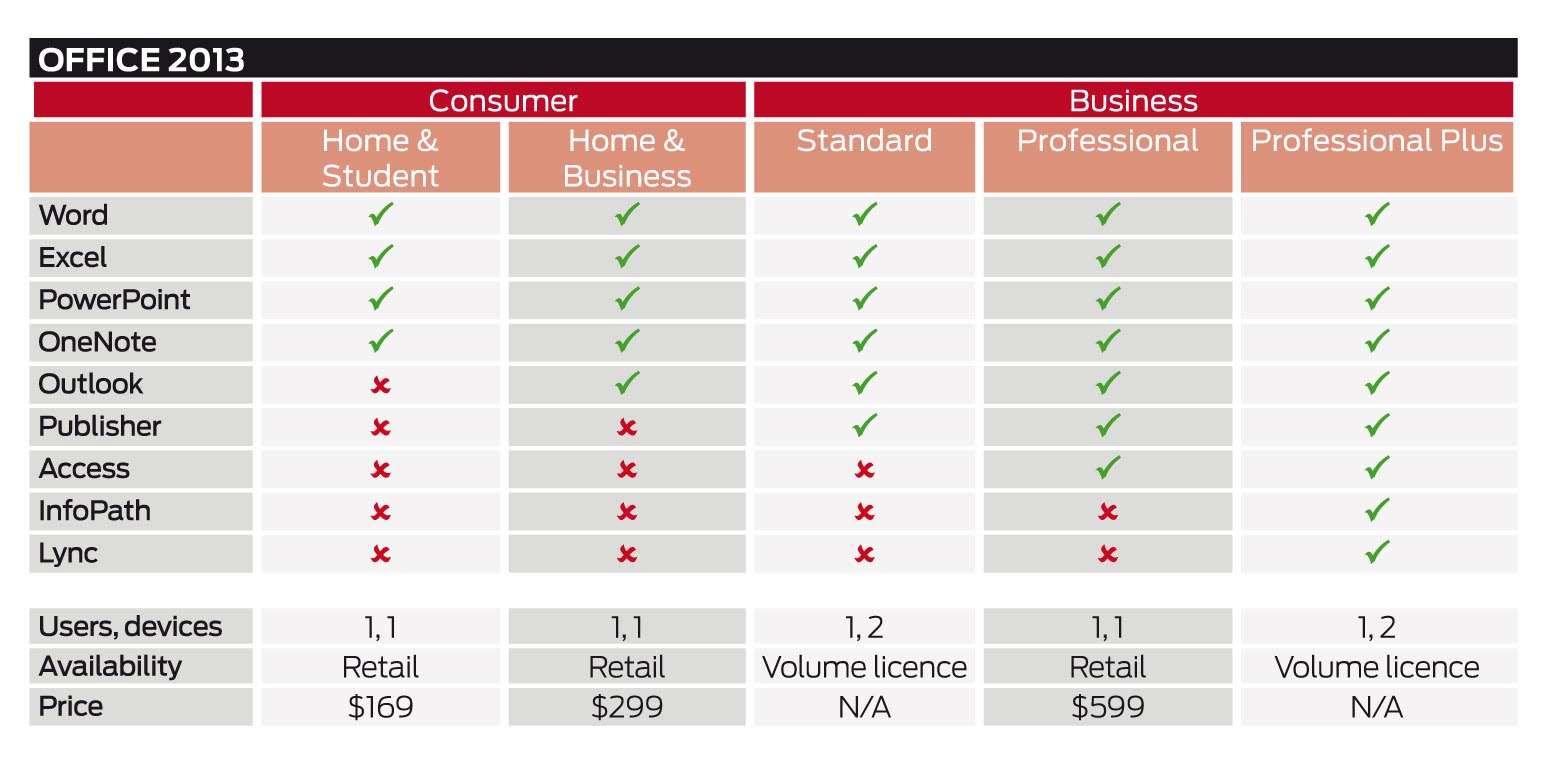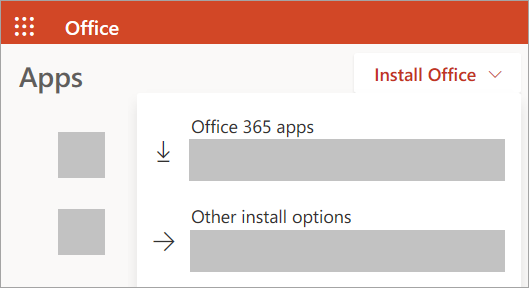Microsoft's Office 365 and Office 2016 are both great products, offering up a full suite of tools that allow you to get more done on a daily basis. Find the right Microsoft 365 Family or Personal plan for all your devices. Includes AI-powered Office apps, 1 TB of cloud storage, and premium mobile features. Office 365 - What version of Microsoft Office/Outlook am I using? This document describes how you can determine the version of Office you have installed on your computer. These instructions assume you already have an Outlook profile/account configured.
We all know Microsoft Office available in the flavor of 32-bit and 64-bit. The difference between them is the data processing capability where 64-bit is superior compared to 32-bit. It is important to know which Office version that we have to make sure it fits the work requirement that we need to do or compatibility with plug-ins that we want to install. But you may be wondering, How to Find if I Have 32-bit or 64-bit Office Version? Well, you’ve come to the right place because in this article I am going to show you how it’s done.
How to Find if I Have 32-bit or 64-bit Office Version
Finding out the 32-bit or 64-bit Office version is very easy. We only need to follow these simple step-by-steps to do so:
1. I will begin by opening any one of the Office applications. In this example I’m using Microsoft Word. You can use other Office applications such as Excel, PowerPoint, Visio, etc.
2. On the top ribbon, click on the File tab

3. On the left-hand side, click on Account
4. Then on the right-hand side, click on the question mark (?). In this example since I’m using Microsoft Word, the descriptive text of the button is About Word. If you’re using another Office applications then it will have different descriptive text, but it doesn’t matter and you can still click on it.
5. Miele induction f. Finally, there we can see the version of Office that we used.
By following the steps, not only we will be able to see the 32-bit or 64-bit of Office version that we use, but the complete version number. The steps I demonstrated above is using Microsoft Office 2016 as the example. However, if you’re using at least Microsoft Office 2013, the steps to find out the Office version will be the same. The same is applicable for Office 365 as well.
Hope that this article can answer the question of how to find if I have 32-bit or 64-bit Office version.
You may also like -

Arranda Saputra

- How to Move Documents Folder in Windows 10 - August 31, 2020
- How to Move Desktop Folder in Windows 10 - August 31, 2020
- Restore DHCP Server in Windows Server 2012 R2 - January 9, 2020

Topics Map > Frequently Asked Questions > Client Support
Topics Map > Features and Functionality > Client Capabilities > Desktop
This document describes how you can determine the version of Office you have installed on your computer. These instructions assume you already have an Outlook profile/account configured. If you do not have Outlook configured, you can substitute Outlook with any of the other Office applications in the steps below.
Important: To get the latest features/updates, it is recommended that you install the Microsoft Office 365 ProPlus/Subscription/enterprise version of Office/Outlook. The Professional Plus/2016/2019/Volume License version is only receiving security updates.
- Note - Windows 7 End of Support and Office 365 ProPlus
As announced previously, Windows 7 will be out of support after January 14, 2020. Because Office 365 is governed by the Modern Lifecycle Policy, customers are required to stay current as per the servicing and system requirements for the product or service. This includes using Office 365 ProPlus on a Windows operating system that is currently in support.
Using Office 365 ProPlus on older, unsupported operating systems may cause performance and reliability issues over time. If your organization is using Office 365 ProPlus on devices running Windows 7, we strongly recommend your organization move those devices to Windows 10.
[How does this impact me?]
Even though Windows 7 will no longer be supported after January 2020, we understand Office 365 customers may need more time in their migration to a supported operating system. Through January 2023, Microsoft will provide security updates for Office 365 ProPlus on Windows 7. But, during that time, as long as the device is still running Windows 7, Office 365 ProPlus won’t receive any new features updates.
[What should I do to prepare for this change?]
We recommend that organizations migrate to Windows 10 or a supported operating system before the end of support date on January 14, 2020 in order to continue receiving new feature updates to Office 365 ProPlus. Make sure to discuss this process with your local IT staff before making changes to your system.
We’ll be providing more information by January about how to get security updates for Office 365 ProPlus on devices running Windows 7 after support for Windows 7 ends.
Note: This information also applies to Office 365 Business which is included in business plans such as M365 Business and Office 365 Business Premium, and to desktop versions of Project and Visio.
For more information, please see this support article and this FAQ.
What Version Of Office 365 Do I Have 32 Or 64
Select your operating system:
Windows OS
- Start Outlook/Word or any other Microsoft Office application.
- On the File menu, click Office Account or Account.
- Under Product Information, you'll see the general version of Office installed on your computer.
This version was downloaded/installed from your Office
365 subscription - you must have an active Office 365
ProPlus license/subscription to run this version.
This version was downloaded/installed from Campus Software Library (CSL). - For complete version, click About Outlook/Word. A new window will appear. The top will display the build information and if the client is 32- or 64-bit.
- Click left arrow to return to Outlook/Word.
Mac OS

What Version Of Office 365 Do I Have Free
- Start Outlook/Word or any other Microsoft Office application.
- From the Outlook menu on the Apple menu bar, select About Outlook.
- You will be presented with the 'About Outlook/Word' screen:
This version was downloaded/installed from your Office 365
subscription - you must have an active Office 365 ProPlus
license/subscription to run this version.
This version was downloaded/installed from Campus Software
Library (CSL). - Click red X to return to Outlook/Word.
What Version Of Office 365 Do I Have To Be
See Also:
